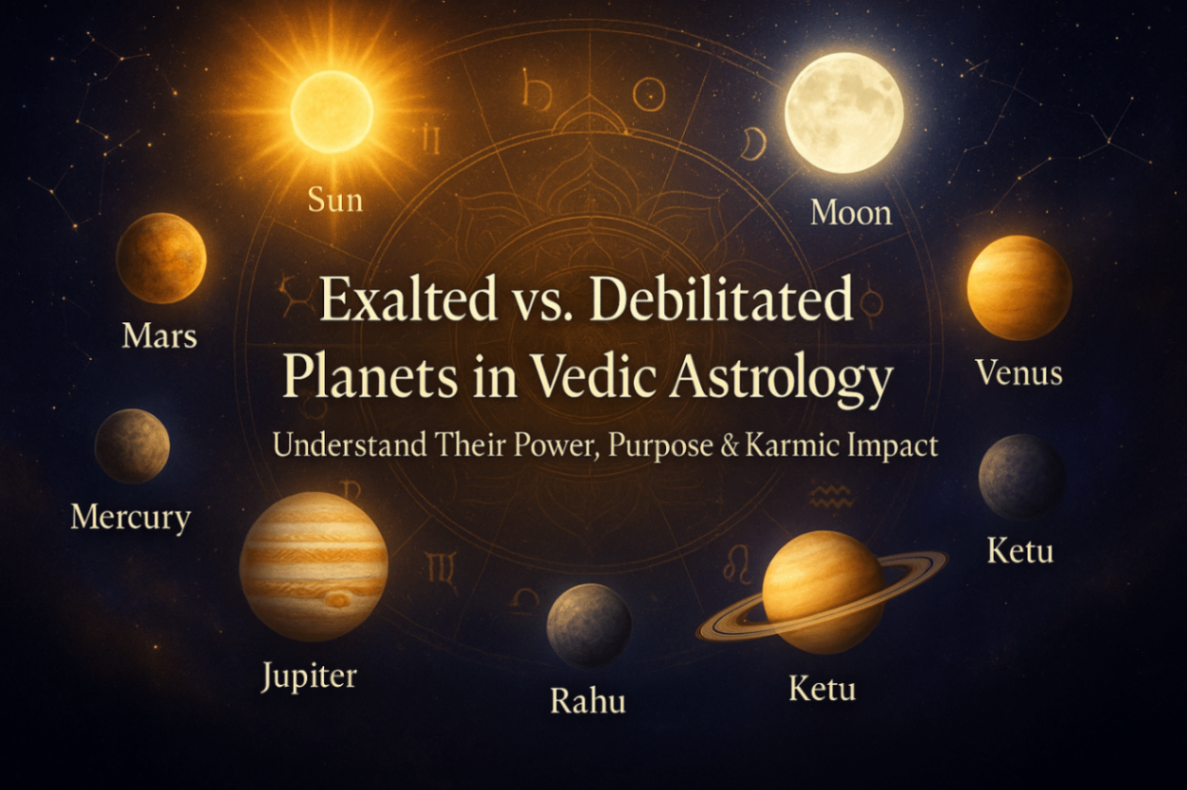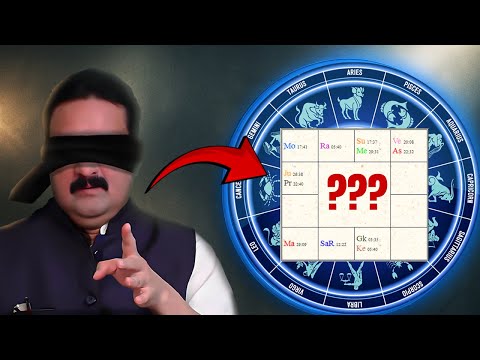Understanding Nakshatras in Vedic Astrology
Vedic astrology, a profound and ancient wisdom, uses various techniques and rules to decipher the complex patterns of life. One of the fascinating aspects of Vedic astrology is the study of nakshatras. Nakshatras are lunar mansions or star constellations deeply embedded in the cosmic fabric, which play a pivotal role in the interpretation of astrological charts. In this article, we delve into the intricacies of nakshatras, especially their significance in Varga charts, such as the Navamsa (D9) chart.
Basics of Nakshatras
Nakshatras are 27 (or sometimes 28) lunar mansions that divide the ecliptic into equal segments. Each nakshatra spans 13 degrees and 20 minutes, and they are essential in determining the position of the moon in an individuals birth chart. The moons daily movement of 13 degrees and 20 minutes corresponds to the span of each nakshatra, making them vital in lunar astrology.
Each nakshatra is unique, imbued with specific energies, symbols, and ruling deities. They influence various aspects of an individuals life, including personality traits, destiny, and the subconscious mind.
Rashi and Nakshatras
Rashi, or zodiac signs, are solar-based and comprise 30 degrees each. When we overlay the nakshatras onto the rashis, we notice that nakshatras dont align perfectly with the boundaries of the zodiac signs. Therefore, nakshatras are further divided into four parts, called padas, each spanning 3 degrees and 20 minutes. These padas help in marrying the solar concept of rashis with the lunar concept of nakshatras.
Navamsa (D9) Chart
The Navamsa chart, or the D9 chart, is one of the most significant divisional charts in Vedic astrology. It divides each rashi into nine parts, with each part corresponding to 3 degrees and 20 minutes, coincidentally aligning with the padas of nakshatras. This fractal division brings a deeper understanding of an individuals destiny and dharma (life purpose).
The D9 chart is crucial for understanding marital life, spiritual growth, and overall fortune. It provides insights into how one’s destiny unfolds beyond the physical plane, offering a more profound perspective on the life journey.
How to Read the D9 Chart
Reading the D9 chart involves superimposing it onto the natal (Rashi) chart to understand the interplay between physical karma and divine destiny. By analyzing the positions of planets in the D9 chart and their nakshatras, astrologers gain insights into how an individuals spiritual journey and marital life will unfold.
For example, if Saturn is in Sagittarius in the Rashi chart but Jupiter is in Sagittarius in the D9 chart, this indicates that while the person may face challenges due to Saturn, Jupiters influence in the D9 chart will bring wisdom and growth, mitigating difficulties.
How to Analyze the D9 Navamsa Chart
To analyze the D9 chart, consider the placement of planets in specific nakshatras and their corresponding padas. Each nakshatra is associated with particular deities and energies, influencing the areas of life governed by the planets located in these nakshatras.
For instance, a person with the ascendant in Maga nakshatra in the Rashi chart and Rahu in Maga in the D9 chart might initially struggle with self-identity and purpose due to Rahus influence. However, as they delve deeper into spiritual practices, guided by beneficial planetary influences in the Navamsa, they can achieve clarity and direction.
Classic Texts on the D9 Chart
Classical Vedic astrology texts emphasize the importance of the D9 chart in understanding the strength and true nature of planets. According to the Brihat Parashara Hora Shastra, the D9 chart is vital for assessing the marital life and the inherent strength of planets. A planet may appear strong in the Rashi chart, but its true potential and influence are revealed in the Navamsa.
The Jataka Parijata also highlights that a benefic planets position in a favorable Navamsa can enhance its positive effects, while a malefic planets placement in an unfavorable Navamsa can amplify challenges.
Examples and Case Studies
Case Study 1:
An individual with Rahu in Kritika in the 12th house of the Rashi chart and the Sun in Kritika in the D9 chart suggests a life marked by intense experiences leading to spiritual enlightenment. The presence of the Sun in the same nakshatra in the Navamsa indicates that spiritual pursuits will eventually bring the desired peace.
Case Study 2:
Consider a person with multiple planets in Libra and the Moon at the last degree of Pisces in the Rashi chart. The placement of the Sun and Moon in Revati nakshatra in the D9 chart indicates a strong spiritual inclination, despite material success.
Deepening the Analysis
While the D9 chart is central to understanding an individual’s life path, other divisional charts like the Dashamsa (D10) for career or the Saptamsa (D7) for children offer further insights. By superimposing the nakshatras of these charts onto the Rashi chart, astrologers can provide more nuanced readings and effective remedies.
Conclusion
The D9 chart in Vedic astrology is a profound tool for uncovering deeper layers of destiny, spiritual growth, and marital life. By understanding the interplay of nakshatras in the Navamsa chart, one can gain invaluable insights into the journey of life. While mastering these concepts requires dedication, the rewards are substantial, offering clarity and guidance in navigating lifes challenges.





































